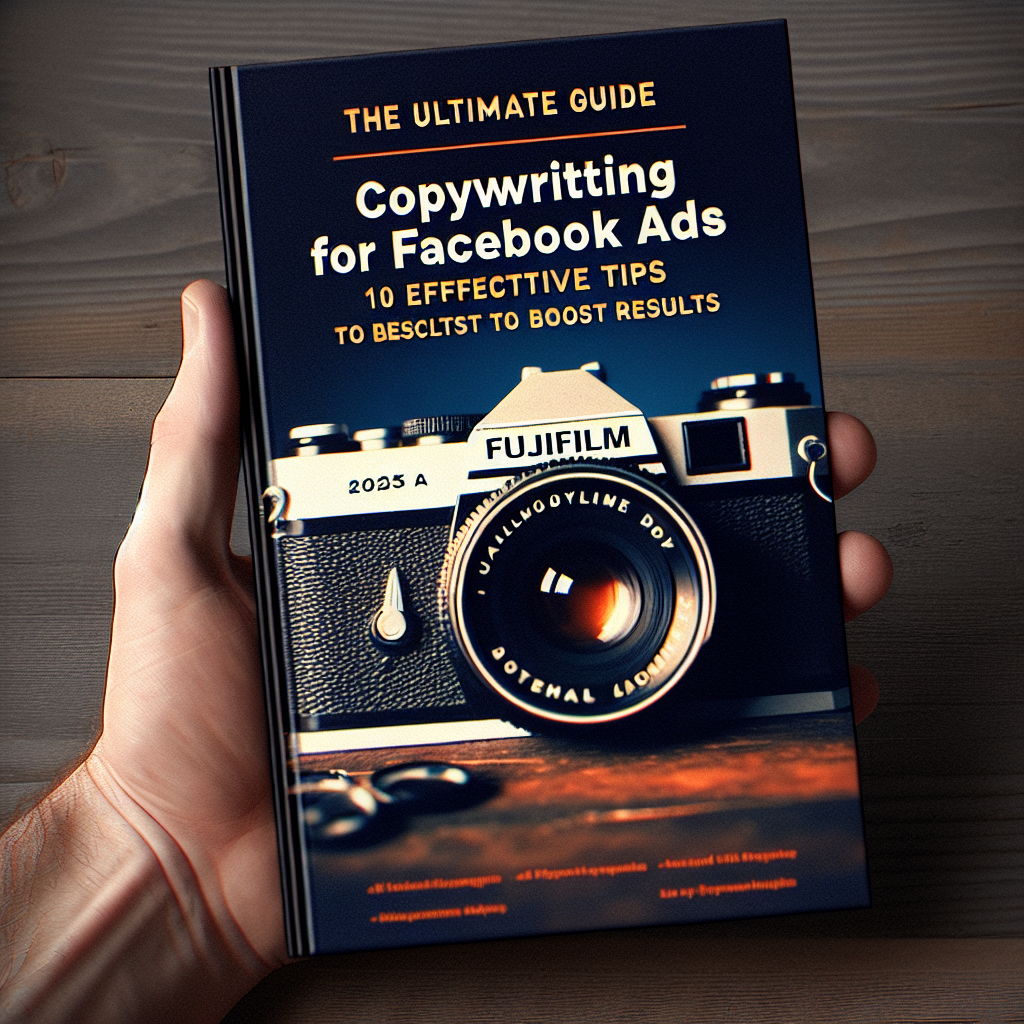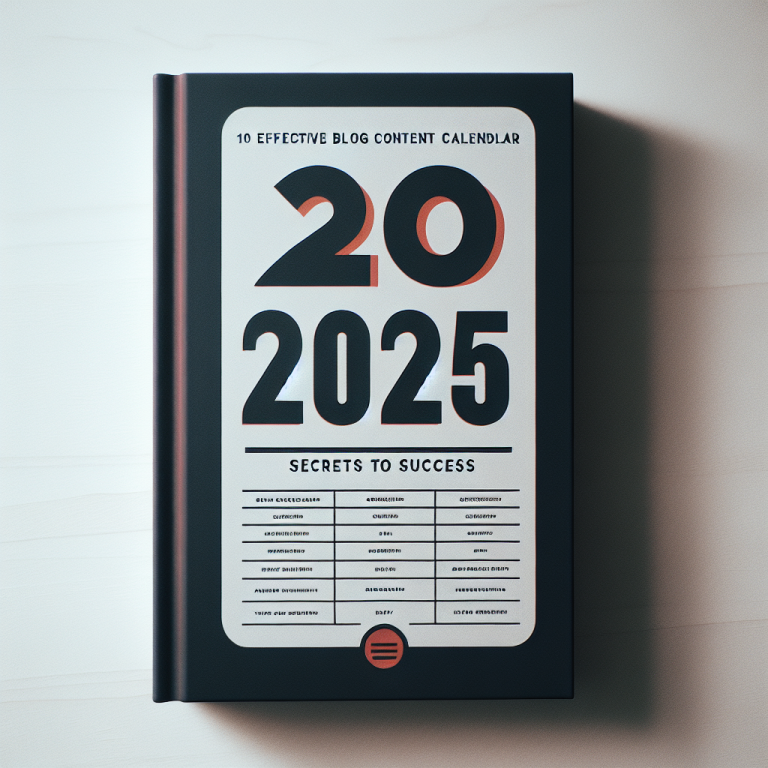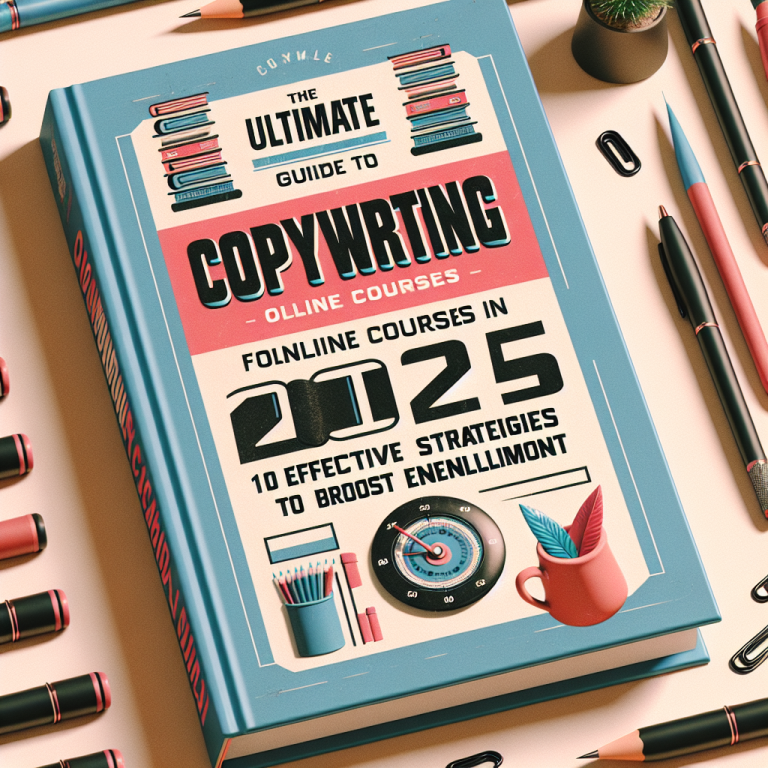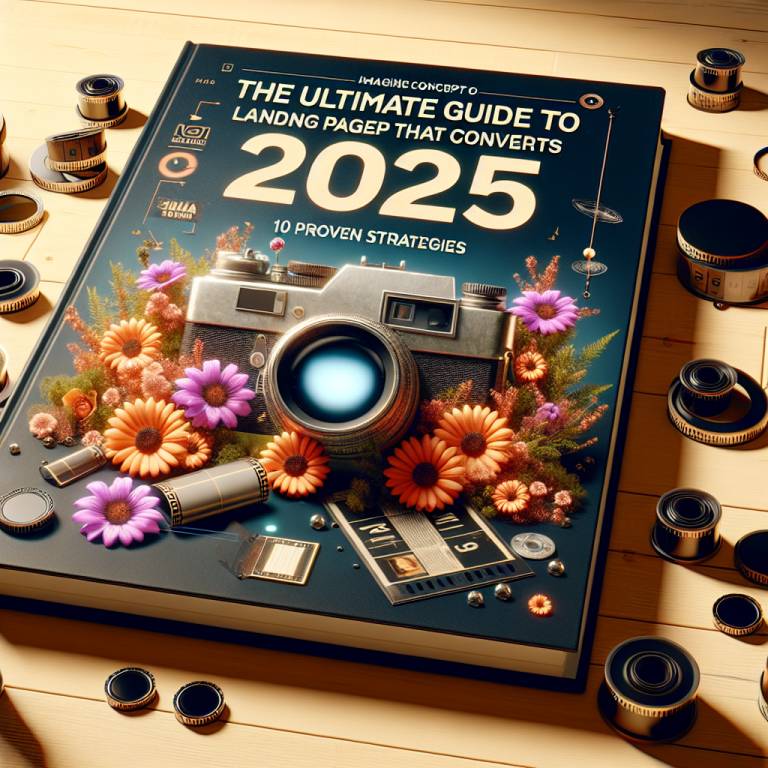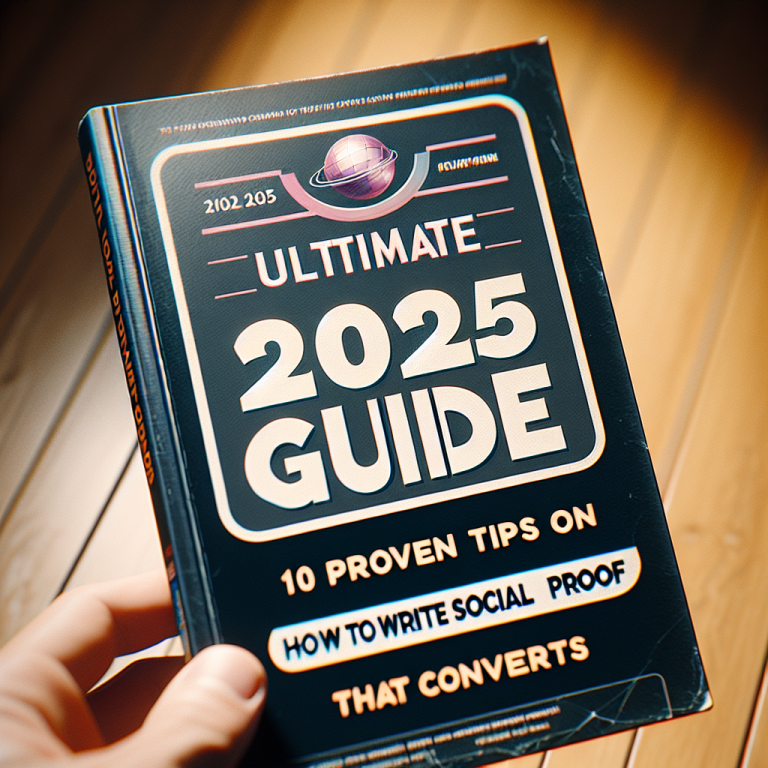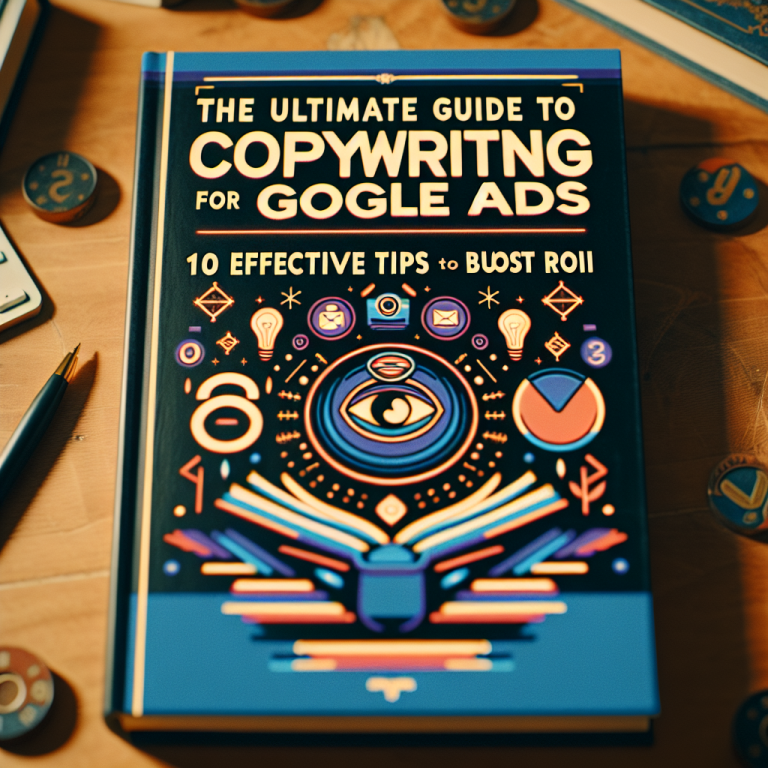The Ultimate Guide to Copywriting for Facebook Ads in 2025: 10 Effective Tips to Boost Results
Table of Contents
- 1. Understand Your Audience Deeply
- 2. Craft Compelling Headlines
- 3. Focus on Clear and Concise Messaging
- 4. Use Persuasive Call-to-Actions (CTAs)
- 5. Incorporate Social Proof Effectively
- 6. Leverage Emotional Triggers
- 7. Test Multiple Copy Variations
- 8. Optimize for Mobile Devices
- 9. Use Data-Driven Insights to Refine Your Copy
- 10. Stay Updated with Facebook Ad Policies
1. Understand Your Audience Deeply
Defining Your Target Customer
One of the fundamental pillars of effective copywriting for Facebook ads is understanding your target audience. Knowing their demographics, interests, and pain points allows you to craft messages that resonate. For example, if youâre selling eco-friendly products, emphasize sustainability and environmental impact, which your audience cares about.
In 2025, даннÑе analytics tools provide more granular insights than ever before. Use Facebook Audience Insights and third-party tools like SEMrush or BuzzSumo to collect data on your audienceâs behaviors and preferences. The more you understand your customer, the more persuasive your copy will be.
Creating detailed customer personas can help you visualize your ideal buyer. Incorporate data points such as age, location, occupation, and online behavior. This deep understanding ensures your copy for Facebook ads hits the right notes and boosts your conversion rates.
Understanding Consumer Behavior Trends in 2025
Consumer behavior constantly evolves, especially with rapid technological advancements. In 2025, trends like increased mobile usage, voice search, and personalization influence how users interact with Facebook ads. Recognize that your audience prefers quick, impactful messages delivered on their preferred platforms.
For example, short-form videos and interactive content perform exceptionally well with younger demographics. Tailor your copywriting for Facebook ads to accommodate these preferences, emphasizing brevity and engagement.
Use tools like Facebook Insights and Google Trends to monitor ongoing behavioral shifts. Adapting your messaging to align with these trends will help your copy stand out in saturated feeds.
Creating Persuasive Messages Based on Audience Insights
Once you have a clear understanding of your audience and their behaviors, craft personalized and persuasive messages. In 2025, AI-driven copy tools can help generate variations tailored to different segments, increasing relevance and engagement.
Focus on addressing explicit pain points and aspirations in your copy for Facebook ads. For instance, if your target audience seeks time-saving solutions, highlight how your product delivers quick results.
Always test and tweak your messaging based on performance data. The most successful campaigns are those that continuously evolve based on audience feedback.
2. Craft Compelling Headlines
Grab Attention Instantly
Your headline is the first impression and can make or break your ad’s success. A compelling headline for Facebook ads in 2025 needs to be attention-grabbing within seconds. Use power words, numbers, or questions to spark curiosity. For example, “Boost Your Productivity by 50% – Discover How”
Remember, Facebook users scroll rapidly; your headline should stand out amidst the clutter. Use bold, clear language that promises value or piques interest. A strong headline increases the likelihood that users will engage with your ad.
Experiment with different headline styles, such as creating urgency (“Limited Offer!”), personalization (“For Busy Moms”), or highlighting benefits (“Save Time and Money”). Data shows that headlines with specific benefits tend to outperform generic ones.
Utilizing Keywords for Better Reach
In 2025, SEO and keyword optimization extend to social media advertising. Incorporate relevant keywords naturally into your headlines to improve visibility. While Facebook’s algorithm relies on engagement, using targeted keywords can attract the right audience.
For instance, if youâre promoting a course on copywriting for Facebook ads, include keywords like “Facebook ad copy tips” or “ad writing strategies”. This makes your ads more relevant and easier to discover by users searching or browsing related topics.
Test various headline formats with different keywords to analyze performance. Use Facebook’s A/B testing features to identify which headlines generate higher click-through rates.
3. Focus on Clear and Concise Messaging
Stick to the Point
Effective copywriting for Facebook ads in 2025 demands clarity. Avoid jargon and complex sentences. Users are inundated with content, so your message must be straightforward and easily digestible.
For example, instead of “Our innovative solution aims to enhance your marketing efforts through cutting-edge technology,” say “Boost your marketing with our easy-to-use tool.” Conciseness drives immediate understanding and action.
Use short sentences and bullet points to break down complex information. The goal is to communicate your core message quickly, ensuring the audience understands the benefits without confusion.
Highlight Benefits Over Features
People care about what they will gain, not just product features. In copywriting for Facebook ads, focus on the benefits your offering provides. For instance, instead of detailing technical specs, emphasize how it saves time or increases revenue.
In 2025, storytelling combined with benefit-driven copy fuels stronger emotional connections. Use your ad copy to paint a picture of the positive outcomes users will experience.
By constantly refining your messaging to focus on benefits, you’ll improve engagement and conversions significantly.
4. Use Persuasive Call-to-Actions (CTAs)
Encourage Immediate Action
The CTA is your direct invitation for users to act. In 2025, the best copy for Facebook ads includes clear, compelling CTAs like “Get Started Now,” “Claim Your Free Trial,” or “Download Your Guide.”
Make your CTA stand out visually and linguistically. Use contrasting colors and action verbs that create urgency. For example, “Limited Spots Available â Sign Up Today.”
Always align your CTA with your campaign objective. Whether it’s generating leads, increasing sales, or driving traffic, your CTA should guide users seamlessly to the next step.
Testing and Refining CTAs
A/B testing different CTA phrases helps identify what resonates best with your audience. Collect data, analyze responses, and iterate your messaging. What works for one demographic might not work for another.
Leverage Facebook’s ad manager insights to monitor CTA click-through rates. Use this data to optimize your CTA language, placement, and design for maximum impact.
In 2025, creative and personalized CTAs will continue to outperform generic calls to action, making testing more critical than ever.
5. Incorporate Social Proof Effectively
Build Trust with Testimonials
Social proof can significantly boost the effectiveness of your copywriting for Facebook ads. Incorporate testimonials, reviews, or case studies to establish credibility. For example, “Join 10,000+ happy customers who transformed their marketing.”
In 2025, reviews and testimonials are often leveraged in ad copy to foster trust quickly. Use authentic quotes and real names when possible to enhance credibility.
Pair social proof with benefits-focused copy to reinforce your value proposition. The combination of proof and persuasive language is powerful.
Showcase User-Generated Content
Encourage your audience to share experiences and tag your brand. User-generated content adds authenticity to your Facebook ad copy, making it more relatable and trustworthy. Highlighting real user stories connects emotionally.
In 2025, social proof also includes influencer endorsements and media mentions. Incorporate these elements strategically into your ad copy for maximum impact.
Keep social proofs updated and relevant to your current campaign goals to maintain their effectiveness.
Frequently Asked Questions
1. What is copywriting for Facebook ads?
Copywriting for Facebook ads involves creating persuasive and engaging ad text that captures attention, communicates value, and encourages users to take a specific action. In 2025, effective copy combines strategic messaging with visual elements and audience insights to maximize results.
2. How can I improve my Facebook ad copy in 2025?
Stay updated with current trends, understand your audience deeply, test multiple variations, and leverage data analytics. Focus on clarity, emotional triggers, and a strong call-to-action to improve your Facebook ad copy continuously.
3. Why is audience understanding important in copywriting for Facebook ads?
Knowing your audience allows you to tailor your messaging specifically to their needs, interests, and pain points, increasing engagement and conversion rates. In 2025, with access to detailed data, tailored copy becomes even more vital.
4. How do I craft an effective Facebook ad headline?
An effective headline should be attention-grabbing, relevant, succinct, and include keywords when appropriate. Use power words, numbers, or questions to entice users to read the full ad.
5. What role does emotional appeal play in copywriting for Facebook ads?
Emotional appeal helps forge a connection with your audience, making your message more memorable and influential. In 2025, combining emotional triggers with logical benefits creates a persuasive and compelling ad copy.
Conclusion
Mastering copywriting for Facebook ads in 2025 is essential for marketers aiming to maximize their advertising ROI. From understanding your audience to crafting compelling headlines, clear messaging, and persuasive calls-to-action, every element plays a critical role. Incorporating social proof, emotional triggers, and data-driven insights ensures your ads stand out and deliver results. Remember, consistent testing and staying updated with platform policies will keep your campaigns effective. As we’ve discussed throughout this guide, outstanding copy is the foundation of successful Facebook advertising, so invest time and effort into perfecting your copywriting skills in 2025 and beyond.

